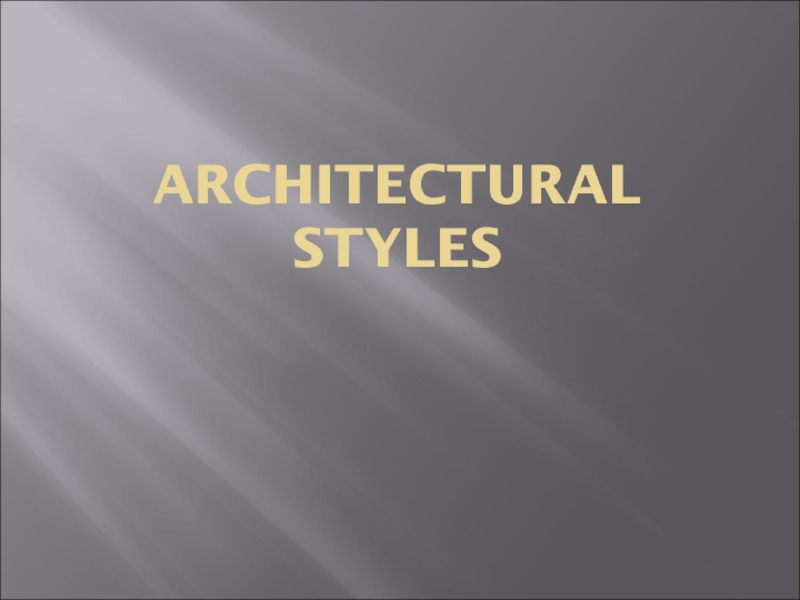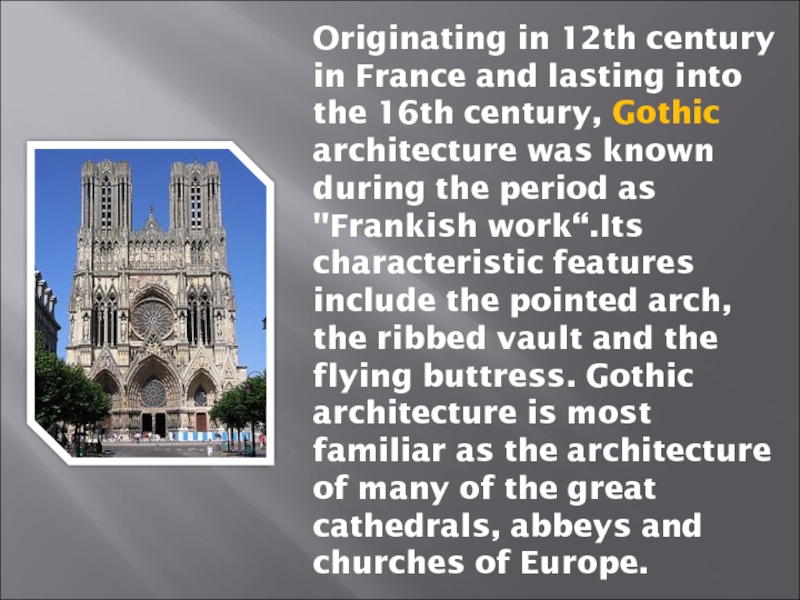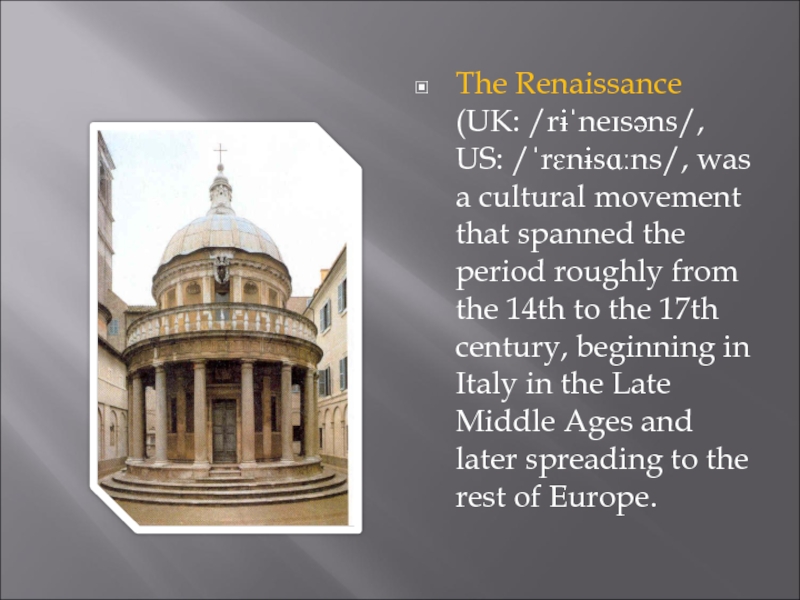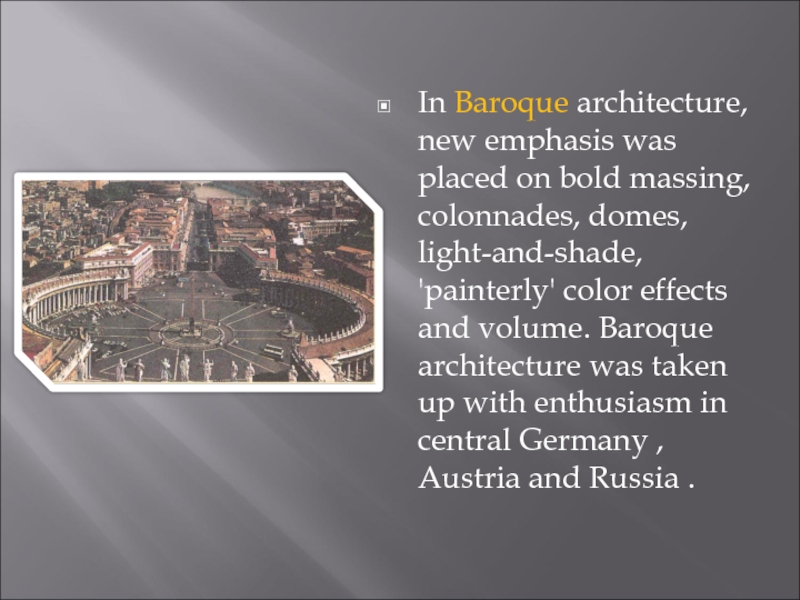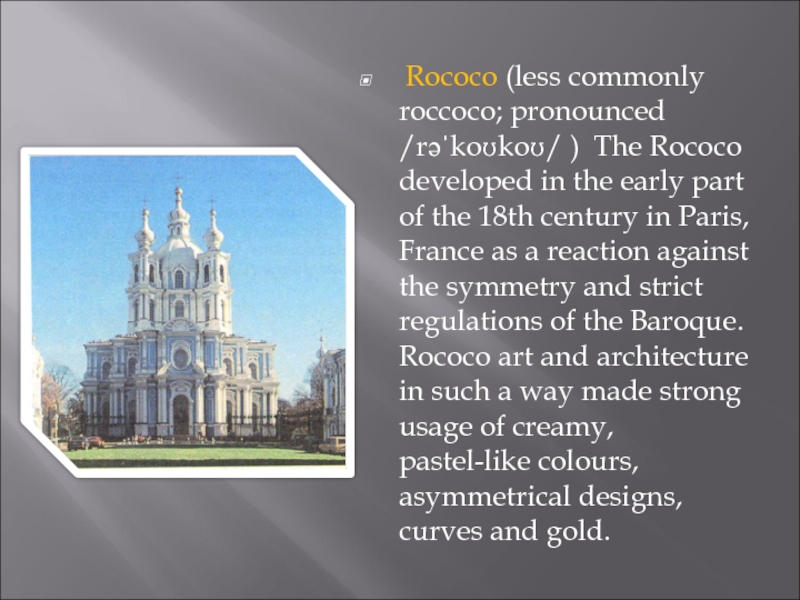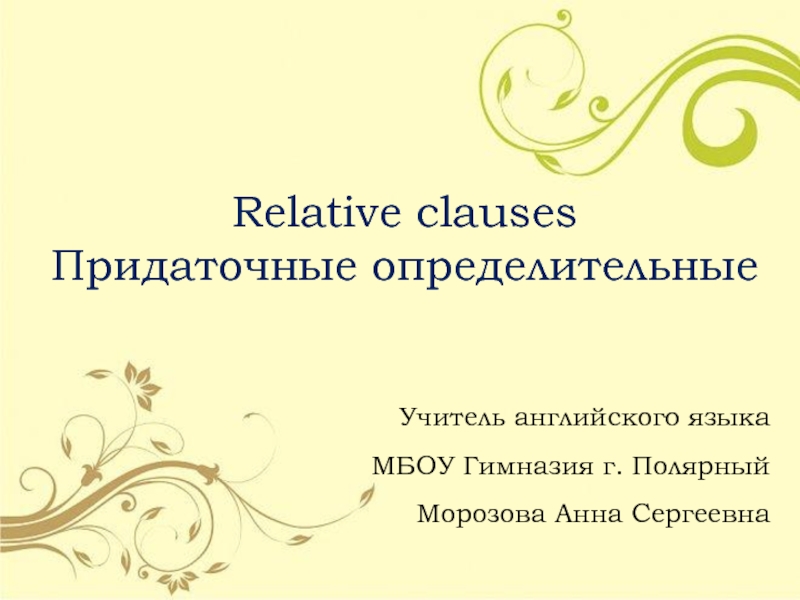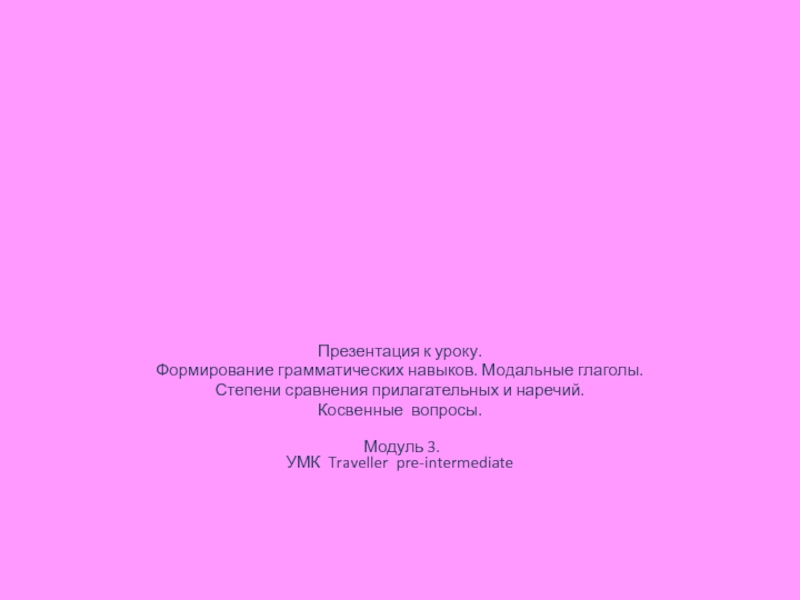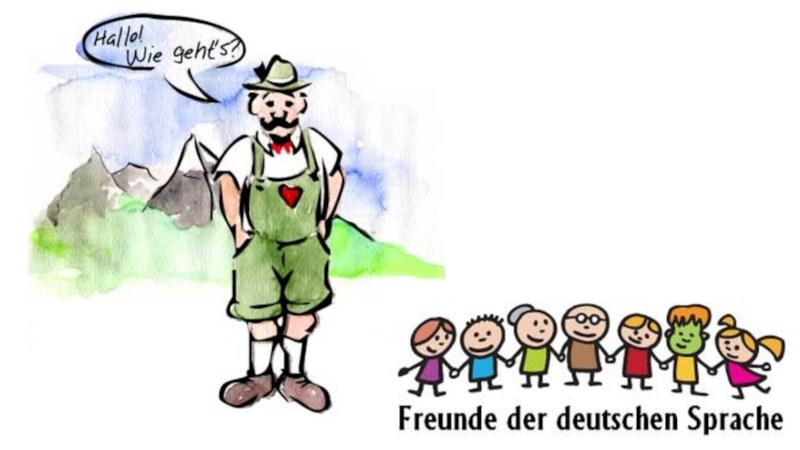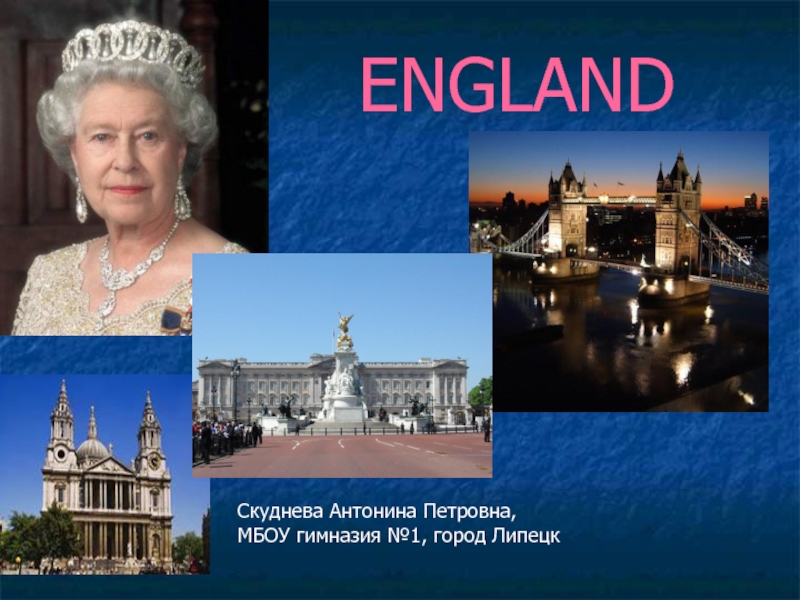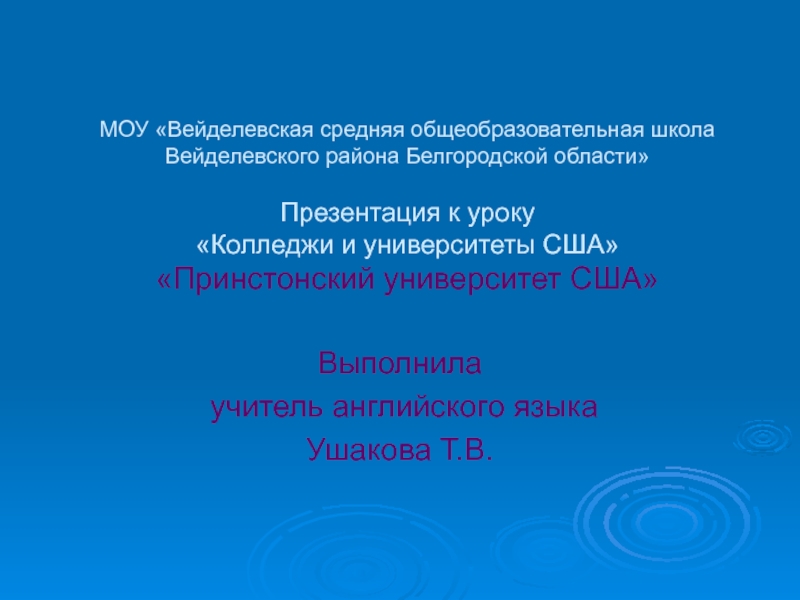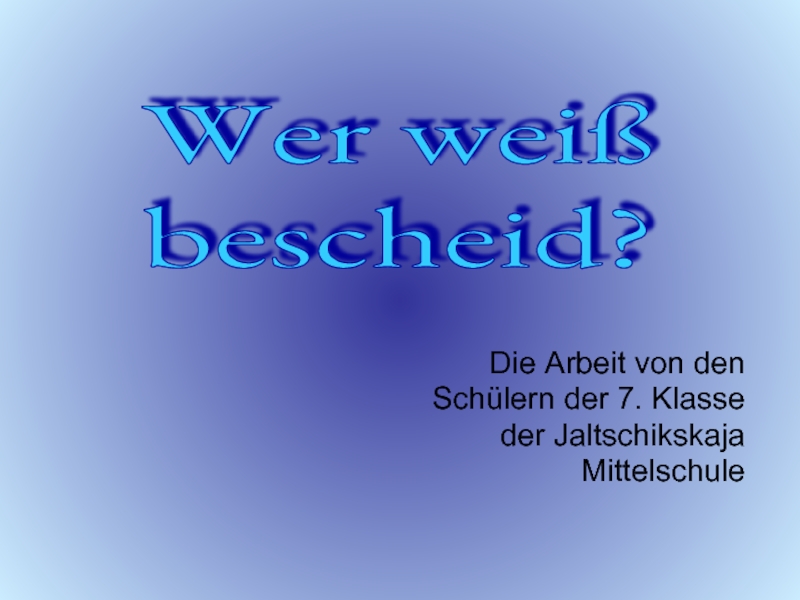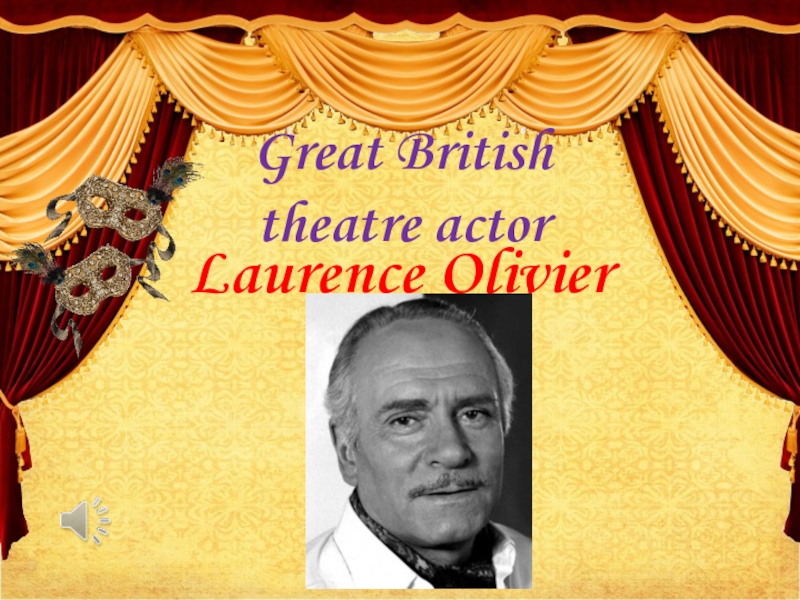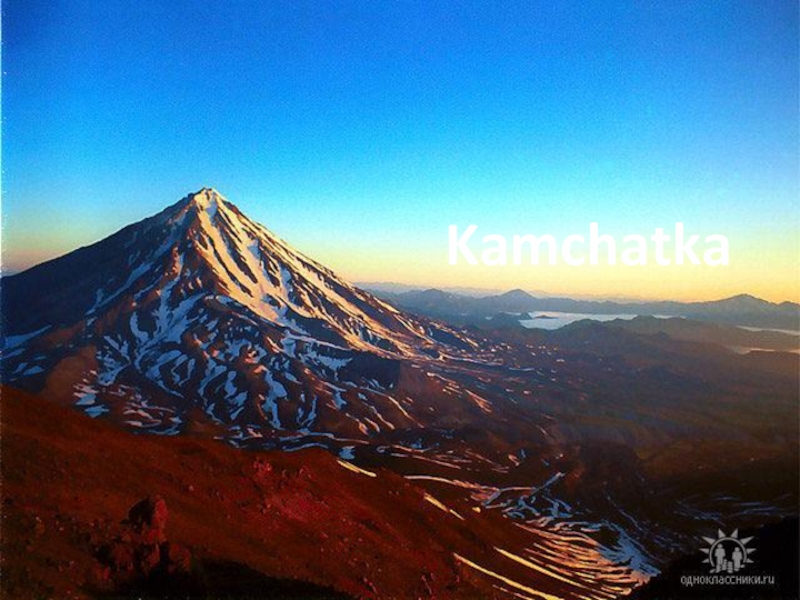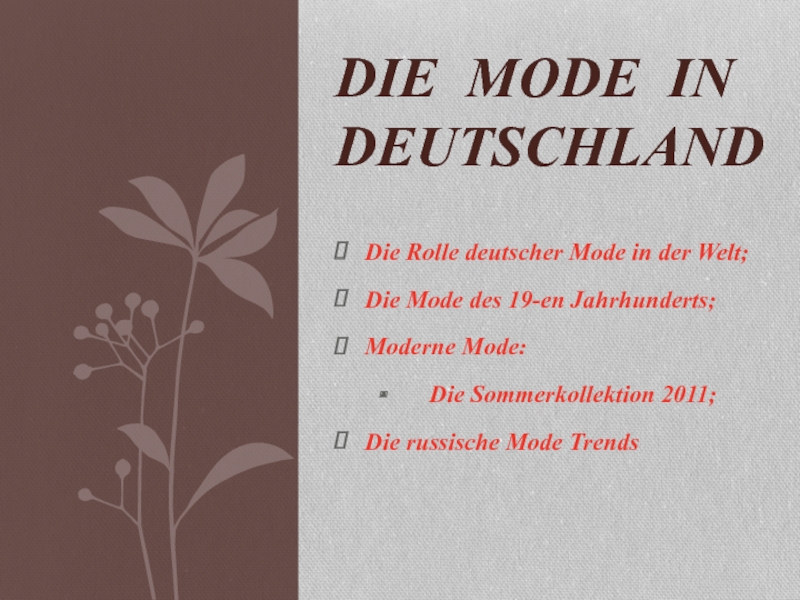Разделы презентаций
- Разное
- Английский язык
- Астрономия
- Алгебра
- Биология
- География
- Геометрия
- Детские презентации
- Информатика
- История
- Литература
- Математика
- Медицина
- Менеджмент
- Музыка
- МХК
- Немецкий язык
- ОБЖ
- Обществознание
- Окружающий мир
- Педагогика
- Русский язык
- Технология
- Физика
- Философия
- Химия
- Шаблоны, картинки для презентаций
- Экология
- Экономика
- Юриспруденция
Architectural styles
Содержание
- 1. Architectural styles
- 2. Romanesque architecture is an architectural style of
- 3. Originating in 12th century in France and
- 4. The Renaissance (UK: /rɨˈneɪsəns/, US: /ˈrɛnɨsɑːns/, was
- 5. In Baroque architecture, new emphasis was placed
- 6. Rococo (less commonly roccoco; pronounced /rəˈkoʊkoʊ/
- 7. The Empire style, the second phase of
- 8. Classicism, in the arts, refers generally to
- 9. Скачать презентанцию
Romanesque architecture is an architectural style of Medieval Europe characterised by semi-circular arches. There is no consensus for the beginning date of the Romanesque architecture, with proposals ranging from the 6th
Слайды и текст этой презентации
Слайд 3Originating in 12th century in France and lasting into the
16th century, Gothic architecture was known during the period as
"Frankish work“.Its characteristic features include the pointed arch, the ribbed vault and the flying buttress. Gothic architecture is most familiar as the architecture of many of the great cathedrals, abbeys and churches of Europe.
